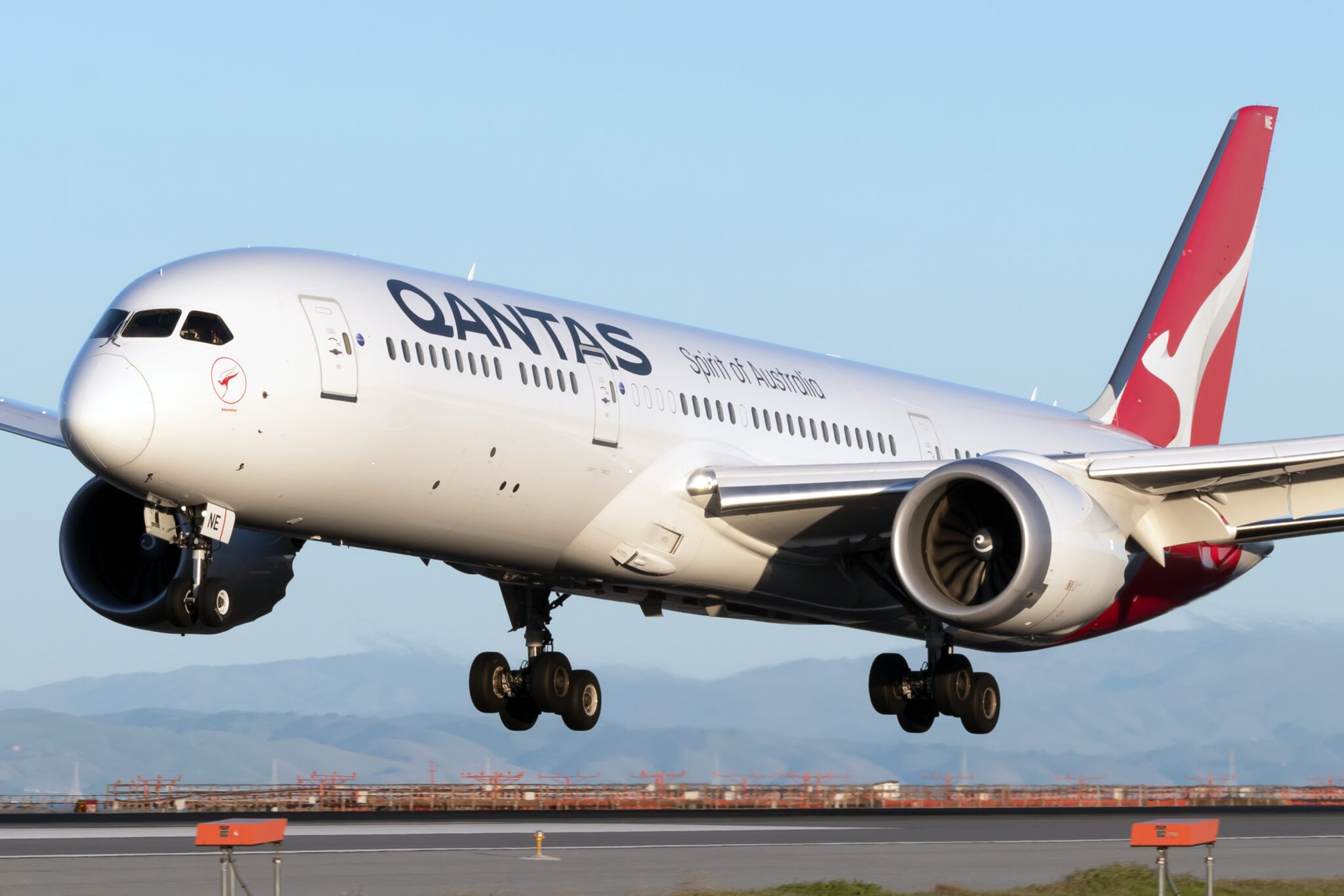Getting Out of China 'Was The Right Call,' Qantas International CEO Says

Skift Take
Last month Skift reported a major U-Turn at Qantas. Australia’s national airline said it was leaving Mainland China just six months after returning to the market.
The carrier, famed for its kangaroo-emblazoned planes, announced it would be hopping out of Shanghai amid fierce competition from Chinese operators.
At the time, Qantas International CEO Cam Wallace admitted that some flights to and from Shanghai were “around half full.”
Now, Wallace has provided extra insight into the move. Asked by Skift about the decision, the Qantas chief suggested that pulling out of Shanghai was a source of pride, rather than embarrassment.
“We’ve got to make nimble and agile decisions in terms of our network management, so I’m pretty proud of that decision because we’ve been quite focused [on] getting the return on capital where we deploy it,” he said.
When the carrier’s Sydney-Shanghai route ends on July 28, it will leave Hong Kong as the only Chinese destination served nonstop by Qantas. The company’s Sydney-Beijing flights did not return to the schedules after the pandemic.
‘The Right Call’
“Getting out of China at that point was the right call from our perspective,” Wallace told Skift. The Qantas International CEO described a failed commercial partnership with China Eastern as a factor, but said wider considerations were at play.
“We had an approval process that we went through with the ACCC [Australian Competition and Consumer Commission], which wasn’t approved. That wasn’t a material factor, but it was one of the factors. Then when we looked at the network and where we saw some opportunities for growth, we thought we could deploy the aircraft in a better way.
"That’s because supply [between China and Australia] came back at about 100% and demand came back at about 66%, so there was that economic mismatch which didn’t give us the confidence to deploy the aircraft,” said Wallace.
Qantas Grows Elsewhere
The scrapping of the short-lived Shanghai route will allow Qantas to make enhancements elsewhere in its network. A four-times weekly link between Brisbane and Manila will begin on October 28 and marks the first time the carrier has operated the route in more than a decade. There will also be additional frequencies from Australia to Singapore and India.
Qantas has not ruled out a return to Mainland China in the future and said it will closely monitor market conditions.
Looking beyond the specifics of Qantas’ retreat from Shanghai, Wallace hinted that the airline would not be afraid to make further bold decisions to maximize profitability.
“We’re in a constrained environment in terms of our long-haul, widebody aircraft, and we will be for another two or three years as the fleet reinvestment takes hold. We’re going to have to make decisions quicker, we’re going to have to be nimble and agile with deploying aircraft into more productive city pairs,” Wallace added.
Airlines Sector Stock Index Performance Year-to-Date
What am I looking at? The performance of airline sector stocks within the ST200. The index includes companies publicly traded across global markets including network carriers, low-cost carriers, and other related companies.
The Skift Travel 200 (ST200) combines the financial performance of nearly 200 travel companies worth more than a trillion dollars into a single number. See more airlines sector financial performance.





